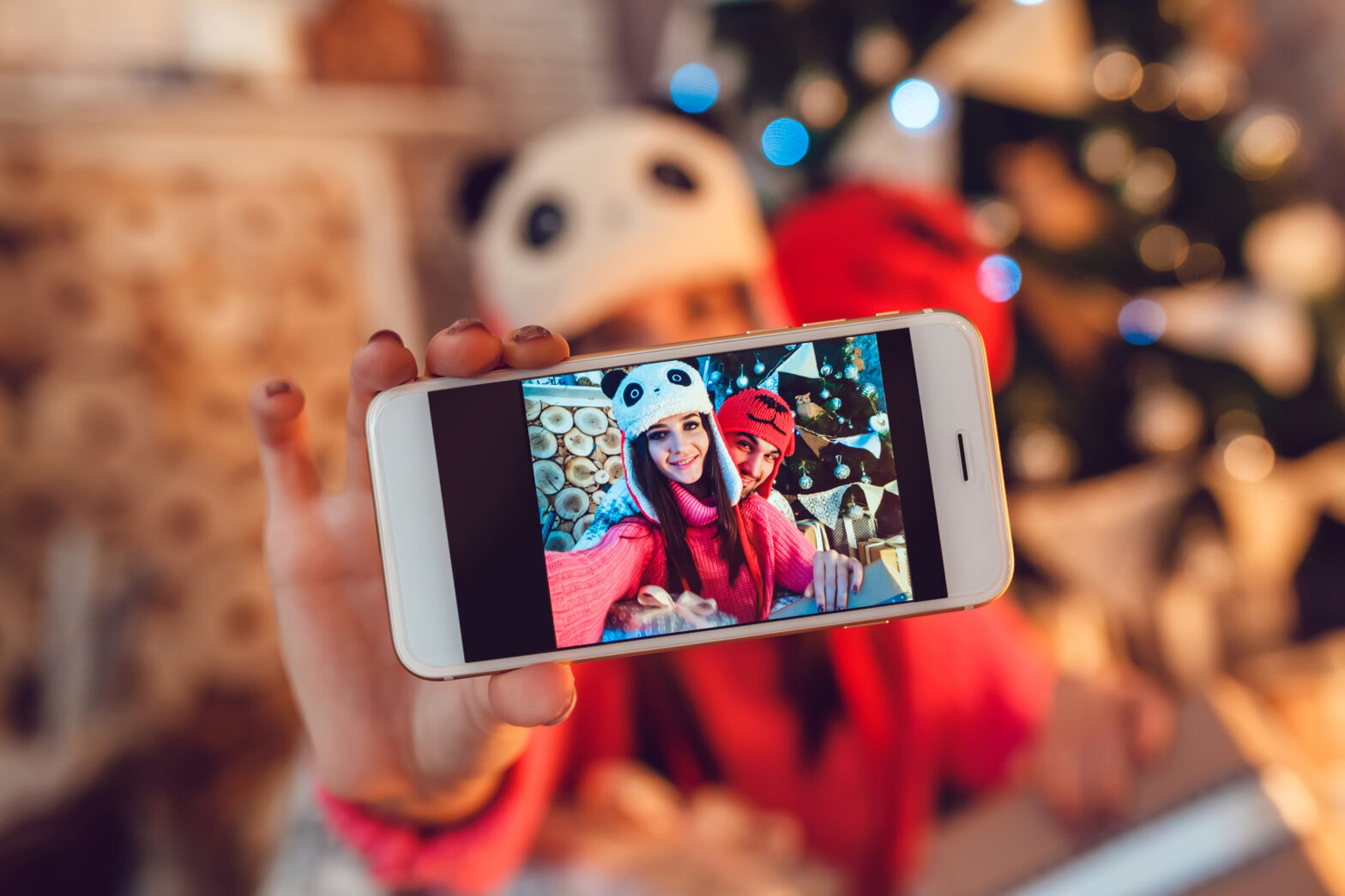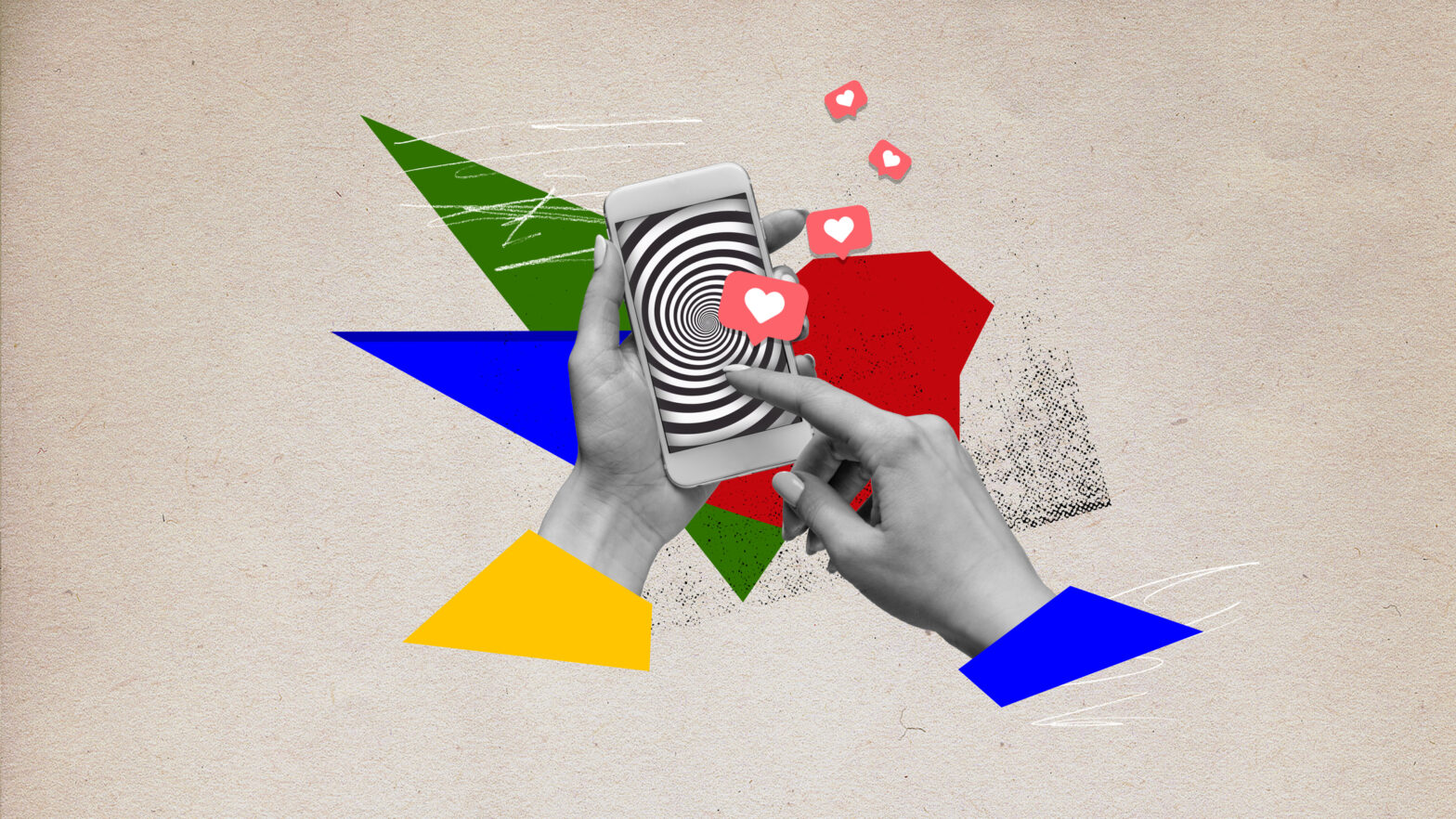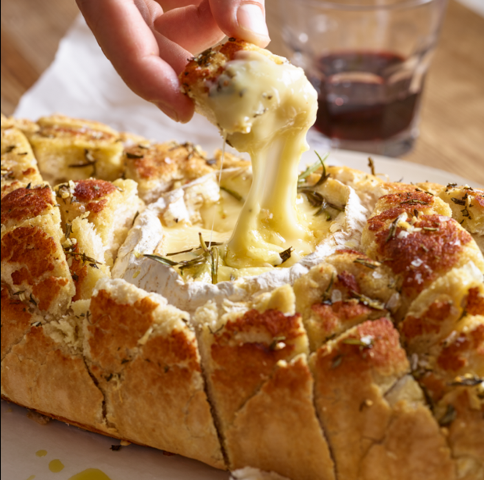Put away that professional camera! New research reveals that consumers are seven times more likely to trust social media images of ‘real people’ over traditional ads, suggesting a greater opportunity for brands to have authentic conversations with their customers through social media.
According to a global study from earned content platform Olapic, three in four UK consumers trust user-generated photos more that standard ads. Studying more than 4,500 active social media users between ages 16 and 49 in the US, UK, France, Germany, Spain and Sweden, the report finds that photos featuring ‘real people’ are trusted seven times more than traditional advertising. The study also shows that trust has a significant impact on click-through rates and sales, with over half of the respondents admitting they are more likely to click on an ad that features a user-generated photo and same amount are more inclined to buy the product after seeing this kind of ad.
These figures send a strong message to brands about how they should engage with consumers, said José de Cabo, co-founder of Olapic. “Social media brings streams of authentic images to consumers’ fingertips, transforming how they see products and interact with brands. Today’s low levels of trust in traditional advertising suggest that consumers are seeking a more honest dialogue with brands and marketers. In order for brands to increase engagement and sales, they’ll need to adapt to this changing landscape and communicate with consumers in the authentic visual language they crave.”
Top brands have begun to take note, using branded hashtags to increase visibility and engagement. As an example, American cosmetics company, NYX, using the #NYXCosmetics hashtag, found that customers who interact with user-generated content have a 93 per cent higher average order value. The conversion rate, getting these interested social media users to actual paying customers, is 320 per cent higher than those who do not.
Similarly, up-market clothing store AllSaints encouraged consumers to upload photos of themselves wearing the brand’s clothing with the hashtag #ItsUpToYou. Not only did this campaign make it easier for shoppers to browse through user-generated content, it also increased conversions by 50 per cent within the first week.
The report’s findings also show that in the UK in particular, user-generated photos play an instrumental role across the customer journey. 35 per cent of surveyed Brits are interested in looking at social media photos while ‘pre-shopping’—when consumers begin browsing products—and another quarter (24 per cent) turn to user-generated content while shopping online or in-store.
British respondents also showed a particular fondness for brand engagement on social media as almost half have uploaded photos featuring a brand’s hashtag, and 86 per cent of these consumers say they did it simply because they enjoyed the product.
The British appetite for authenticity has an important impact on the bottom line, as Brits we surveyed are twice as likely to buy a product endorsed by real people over models or celebrities. Although all verticals are affected by these trends, the fashion industry is particularly susceptible; in an age marked by heightened consumer backlash against Photoshopped models, 38 per cent of Brits told us they seek ads that feature real people before making a purchase in fashion.







